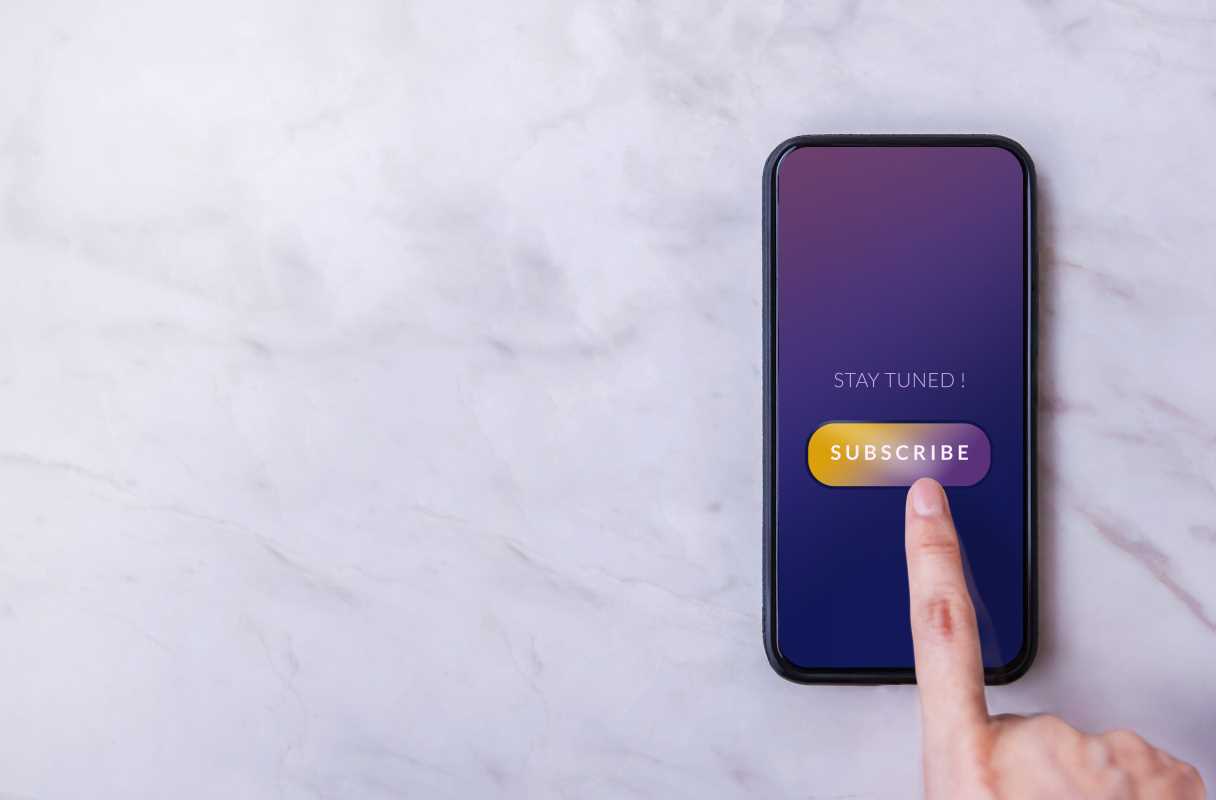Brands that use subscription models often build lasting relationships with their customers, yet attracting attention calls for connecting with people wherever they spend time online. By combining email, social media, digital ads, and in-app messages, companies can create a seamless experience that makes customers feel valued rather than overwhelmed. When every interaction flows naturally into the next, shoppers remain interested and may even recommend your monthly box or replenishment service to others. This article explains how to link different communication channels, select tools that provide clear insights, and continuously refine your approach to achieve steady growth in revenue.
Understanding Omnichannel Marketing
- Omnichannel: The practice of uniting messages across web, mobile, email, social, and offline so each step flows straight into the next.
- Subscription stickiness: How likely someone is to continue paying after their trial or first box.
- Helpful brand perception: A shopper views your brand as supportive, not intrusive. Consistent tone builds trust.
- Reducing drop-offs: Recognize where customers leave early and fix those issues before cancellations increase.
Most store owners start with email blasts and ad campaigns separately. An omnichannel approach asks, “What did this person click last, and where should we reach out next?” That change in thinking boosts revenue and keeps your renewal rate healthy.
Mapping Customer Journeys Across Channels
Creating a map clarifies where shoppers decide to sign up, pause, or cancel. Use these steps to sketch a clear path and identify missing links.
- Identify entry points. Did they arrive via influencer post, paid ad, or organic search?
- Track behavior on site. Which pages do they visit before adding to cart? Do they use a coupon code?
- Note subscription triggers. What incentive or mistake prompted their first checkout?
- Set follow-up touches. Automate an email after box delivery and a survey in the app reminding them to share feedback.
- Spot churn signals. Monitor login drops, skipped shipments, or unused benefits.
- Plan win-back flows. Send personalized offers when inactivity lasts past a trial or subscription renewal date.
When each channel provides context to the next, you give timely nudges. If someone browses add-ons on mobile but doesn’t buy, show that product in their next in-app message.
Integrating Leading Analytics Tools for Subscription Growth
Solid data helps you determine if your holiday offer brought in new trials or just wasted ad dollars. When all sales channels report to the same dashboard, you catch trends quickly. Combine that with your own CRM so that each new signup links back to their initial click. Platforms like Shopify or WooCommerce integrate seamlessly into analytics suites. You’ll notice customers who click a referral link in email open three more support tickets but cancel less often.
Best Practices and Implementation Tips
- Start small. Connect two channels first—say email and web chat—and then expand step by step.
- Use dynamic content. Change images or copy depending on where someone is in the journey.
- Set clear goals. Aim for a 5 percent increase in trial-to-paid conversions or a two-point reduction in monthly churn.
- Test aggressively. A/B test subject lines, push-notification timing, and retargeting creative.
- Automate alerts. Flag any sudden drops in open rates or average order value to your growth team.
- Document processes. Keep a playbook so new hires know how to send a retargeting email or update your ad pixel.
When your team uses a shared guide, you move faster. Each adjustment builds on clear benchmarks, so you avoid making guesses.
Measuring ROI and Optimization Strategies
Calculate ROI by comparing additional revenue to time and ad spend. For subscriptions, focus on lifetime value rather than just one-time sales. If you spend $1 on ads and earn $4 in first-year revenue, that indicates a good return.
Track micro-metrics as well. Keep an eye on email click rates, push-notification opens, and site bounce rates for new visitors. A decline in mobile opens could signal a copy issue, not a product problem. Use weekly reports to improve creative or timing.
Review your performance each month. Compare groups who experienced new omnichannel touches with a control group. Roll out the top performers to all customers and archive the rest.
Conclusion
Mix channels to turn visitors into loyal subscribers. Use real data to improve touchpoints, stay flexible in testing, and achieve steady growth.







